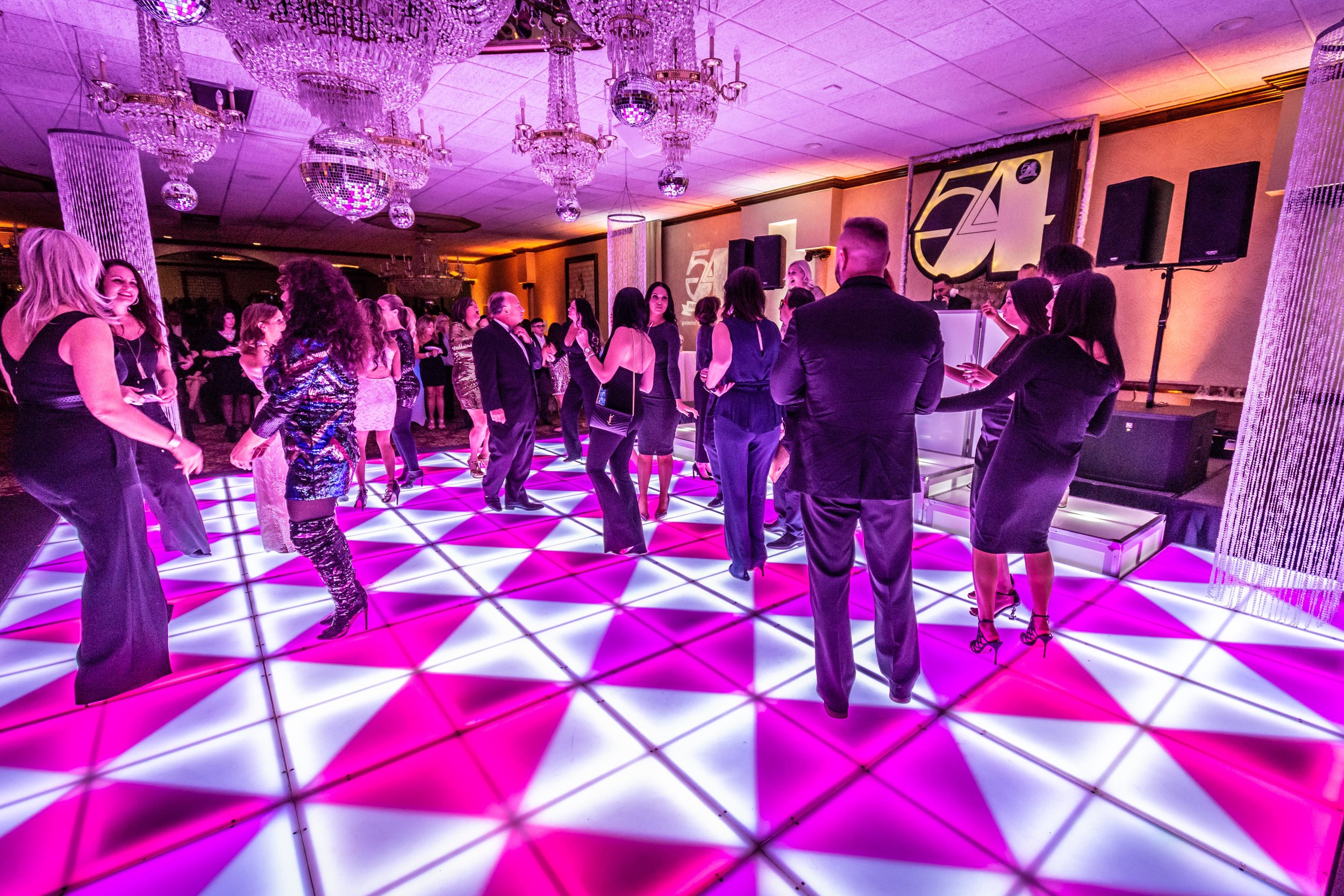Selecting the right components for constructing a long-lasting and secure external performance surface is essential for guaranteeing an pleasurable session. Exterior movement platforms must withstand various weather conditions while providing a stable foundation for performers and participants. Therefore, it is essential to consider factors such as material durability, safety features, and maintenance requirements when making selections. This article will explore several suitable materials and their advantages in creating an outdoor dance floor.
One popular option for exterior dance floors is timber. Lumber offers a traditional and inviting appearance that many consider appealing. Hardwoods like maple or ash are particularly preferred due to their strength and ability to cushion impact, which can protect dancers’ joints. Additionally, wood has natural slip-resistant qualities when treated correctly, reducing the risk of accidents. However, maintaining a wooden dance floor requires routine coating and resurfacing to shield it from humidity and ultraviolet exposure, making it essential to consider the climate in which the floor will be installed.

Another viable option is composite materials, which blend wood fibers with plastic. These composites are designed to be impervious to moisture, mold, and discoloration from sunlight. Synthetic dance floors offer durability comparable to conventional wood without the intensive maintenance. They are less susceptible to warping and cracking than natural wood floors when subjected to extreme outdoor conditions. Furthermore, composite materials often have built-in slip resistance properties, making them a more secure selection for outdoor events.
For dance floor hire those looking for a more modern solution, modular tiles made of polyvinyl chloride or elastomer are excellent alternatives. These tiles are designed for hassle-free setup and can be reconfigured or swapped as required. The flexibility of using interlocking tiles allows for quick setup and breakdown, making them suitable for short-term dance venues or gatherings. Moreover, these flooring types provide cushioning that enhances support while dancing and minimizes the risk of injuries caused by falls. The non-porous structure of PVC and rubber also inhibits water penetration, additionally extending the lifespan of the flooring.
Finally, it is vital to consider the location and intended use of the outdoor dance floor when choosing components. For instance, if the dance floor will be installed in a heavily used area or subjected to inclement weather regularly, opting for durable surfaces that require low maintenance will be essential. On the other hand, for less intense use or in more sheltered locations, lighter materials may suffice. In any case, prioritizing safety features such as traction and shock absorption should remain at the center of navigate here design.
To summarize, constructing a long-lasting and secure open-air dance floor requires thoughtful assessment of diverse solutions appropriate for different settings and applications. Timber provides classic beauty but demands consistent care; engineered composites balance aesthetics with resilience; interlocking tiles provide adaptability and convenience. At the end of the day, identifying the unique requirements of the dance floor's planned use will inform decision-making toward choosing the most appropriate material for an enjoyable and safe dancing experience outdoors.